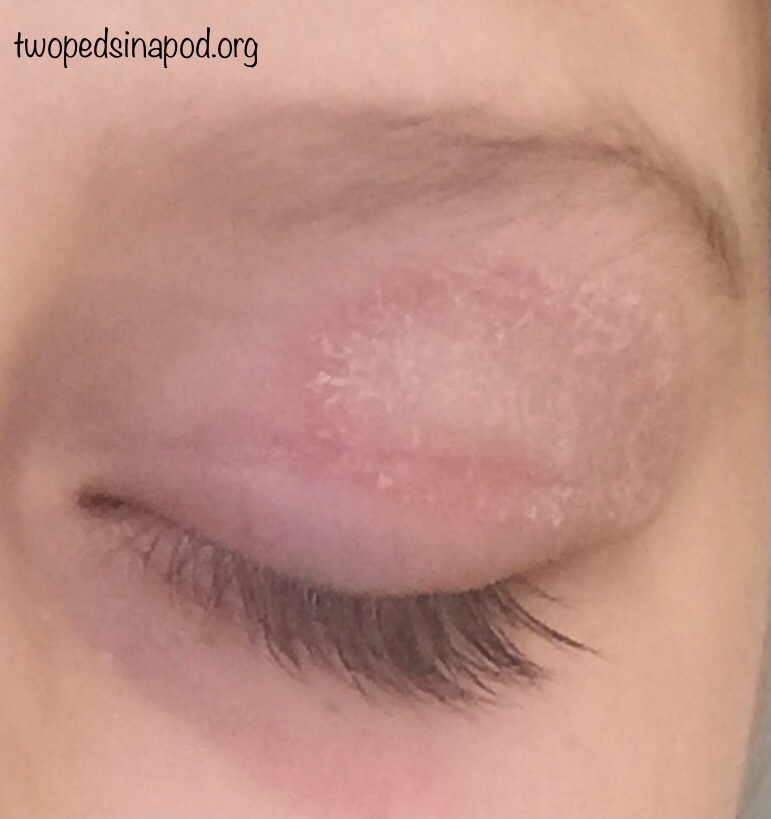
What do ringworm, jock itch, and athlete’s foot all have in common? They are all names for the same type of fungal infection- just in different parts of the body.
These infections, caused by fungi called dermatophytes, fall into the mostly-harmless-but-annoying category of childhood skin rashes. Ringworm (tinea corpus), occurs on the body. Athlete’s foot (tinea pedis) occurs on feet, and Jock itch (tinea cruris) occurs in the groin area.
The name “ringworm” comes from one of the typical appearances of a dermatophyte rash. Often, there is a pinkish, slightly raised ring around an oval patch of flesh or light-pink colored, slightly scaly skin. Sometimes the patch is slightly itchy, but not as itchy as allergic reactions like insect bites.
Diagnosis
Your child’s doctor diagnoses the rash by examining your child’s skin. To treat the rash, apply the recommended antifungal medication until the rash is gone for at least 48 hours (about two to three weeks duration). Clotrimazole (brand name Lotrimin -NOT Lotrimin Ultra) is over-the-counter and is applied twice daily. You will find it in the anti-athlete’s foot section, but you can apply it to skin on any part of the body.
On the scalp, ringworm causes hair loss where the rash occurs and treatment is not so straightforward.
On the scalp (tinea capitis), ringworm causes hair loss where the rash occurs and treatment is not so straightforward. Often the area has tiny broken hairs and some scale. Ringworm on the scalp requires a prescription oral antifungal medication for several weeks. The fungus on the scalp lives not only on the skin, but also in hair follicles. So, topical antifungals fail to reach the infection. Your doctor will also suggest a shampoo which will not kill the fungus, but will temper any spread.
Sometimes a specimen is sent for lab testing- one part called a KOH stain comes back quickly, but is not definitive. The fungal culture is a better test but can take several weeks to return.
Spread
Dermatophytes generally spread through direct contact. Wrestling teams are often plagued with this infection. The furry friends your child sleeps with may also carry ringworm. If Fido, the dog, or Fi-fi, the cat has patches of hair loss, take them to the vet for diagnosis. Less often, dermatophytes are picked up through indirect contact such as walking barefoot on locker room floors.
If there is no improvement after a week or so of treatment, have your child’s doctor reexamine the rash. Other diagnoses we keep in mind include eczema and granuloma annulare. And if the rash continues to enlarge and is flat, we consider Lyme.
Kids are allowed to attend school and daycare with ringworm once treatment is started, but wrestlers are advised to treat for 72 hours on skin and 14 days if on the scalp prior to returning and to cover any rash.
Luckily the fungus among us rarely gets humongous!
Naline Lai, MD and Julie Kardos, MD
©2021 Two Peds in a Pod®



